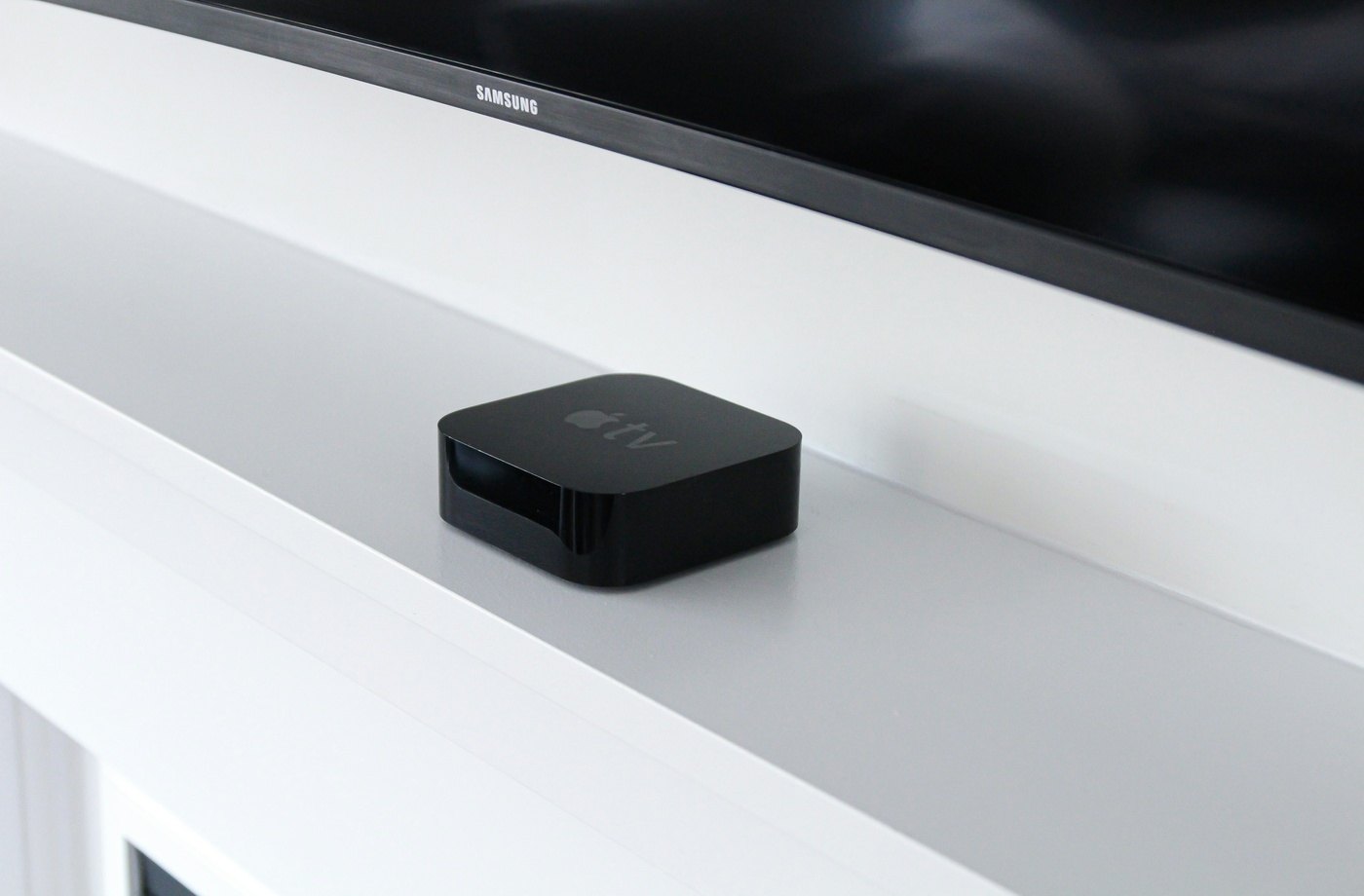How to Build a Streaming Bundle That Actually Saves You Money
With more streaming platforms than ever—Netflix, Disney+, Hulu, Max, Paramount+, and beyond—it’s easy to overspend while trying to keep up with your favorite shows. Many users sign up for individual services on impulse, only to discover overlapping content, unused subscriptions, and unexpected monthly costs.
Instead of jumping between platforms, consider building a smart streaming bundle that gives you what you need—without paying for what you don’t. Here’s how to do it.
- Choose Complementary Services, Not Redundant Ones
Start by identifying what types of content you actually watch. Do you prefer original dramas? Sports? Live TV? Documentaries? Then avoid signing up for multiple services offering the same thing.
For example:
- Hulu and Disney+ already bundle well for families and general entertainment
- Paramount+ and Peacock both feature live sports and network TV, but might be redundant together
- Max and Netflix may compete in the prestige drama space
Instead of overlapping, look for content variety. A smart bundle could include one platform for prestige shows, one for live sports, and one for family viewing.
- Take Advantage of Official Bundles
Some services now offer discounted streaming bundles that combine two or more platforms:
- Apple One offers Apple TV+ with Apple Music, iCloud+, and more for one price
These official bundles often save you $5–10/month compared to subscribing separately.
- Look for Mobile Carrier and Internet Provider Perks
Major wireless and internet companies frequently include free streaming subscriptions as part of their service:
- T-Mobile includes Apple TV+ or Netflix in some plans
- AT&T previously offered HBO Max with premium plans (now Max)
Check with your provider to see if you’re already eligible for free access before subscribing separately.
- Save by Paying Annually
Most platforms offer a discount if you prepay for a year:
- Peacock saves you about 17% when billed annually
- Paramount+ also offers annual plans at a lower monthly average
- Max (formerly HBO Max) drops several dollars per month with an annual plan
Just make sure the platform is one you’ll use consistently year-round.
- Pay with Gift Cards for Extra Cashback
If you want to stretch your budget further, consider using digital gift cards for your streaming services. For example, you can buy a Hulu gift card with cashback or get a discount on Disney+ through Fluz, and apply it directly to your account.
Other cashback opportunities may be available through Rakuten, Ibotta, or with credit card portals offering bonus points for digital entertainment.
- Rotate Your Subscriptions Strategically
Not all platforms release content at the same time. Instead of subscribing to six services at once, consider rotating month-to-month:
- Watch all of Netflix’s new releases in one month
- Cancel and switch to Hulu or Max the next
- Return later when fresh content is available again
This strategy reduces your total subscriptions without missing content.
- Track What You’re Paying For
Use apps like Rocket Money or Bobby to monitor your subscription costs, identify duplicates, and receive alerts for renewal dates.
Keeping an overview helps you prevent unnecessary charges and ensures you’re staying within your budget.
Final Thoughts
Building a streaming bundle that works for your household isn’t about adding more—it’s about choosing smarter. By mixing official bundles, cashback rewards, and provider perks, you can keep your favorite shows without overpaying. Pair it with gift card savings through platforms like Fluz, and you’ll start turning your streaming setup into a money-saving machine.



